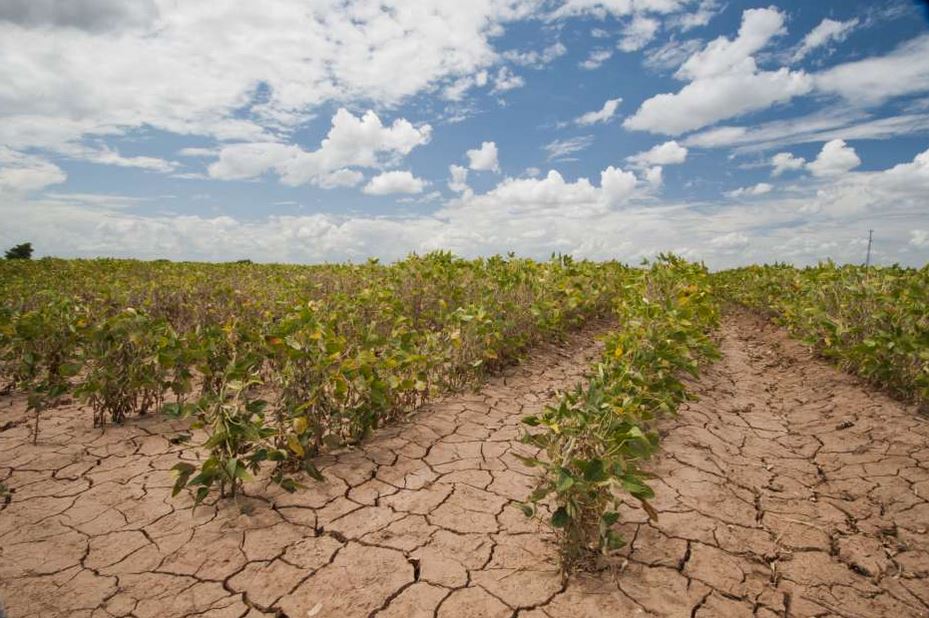Texas is one of the fastest growing states in the country. But a downside of this growth is that, coupled with extreme weather events, such as droughts and floods, many of our existing water resources are becoming overburdened.
If trends continue, our water supply will be significantly reduced over the next 50 years, and everything we love about the Lone Star State will start to disappear: the economy, recreation, our way of life. According to the 2017 State Water Plan, in a record drought, assuming that potential water shortages are not met, the annual economic losses resulting from water shortages could range from approximately $73 billion in 2020 to $151 billion in 2070. The plan also estimates that if no additional water supplies are developed, users face a potential water shortage in the event of a repeat of the record drought of 4.8 million acre-feet — one acre-foot is about the size of a football field — per year in 2020, and 8.9 million acre-feet per year in 2070.
Water is a resource we cannot afford to let dry up. It’s a serious issue, but one that most Texans don’t understand, because when we turn on our faucets, water still comes out. The answer lies in changing our attitudes and behavior so that, when we do use water, we use it more wisely.
Reducing the amount of water we use to irrigate our lawns, gardens and plants, for one example, could amount to serious savings across the state. According to a report from the Texas Living Waters Project, the amount of water that single-family households in Texas currently use to water their landscapes could fill 590,000 football fields each with one foot of water. If we limited watering to two times a week, we could reduce the state’s total municipal water usage by nearly 11 percent.

